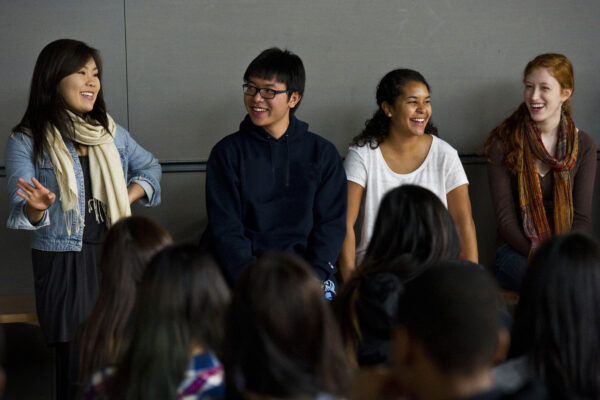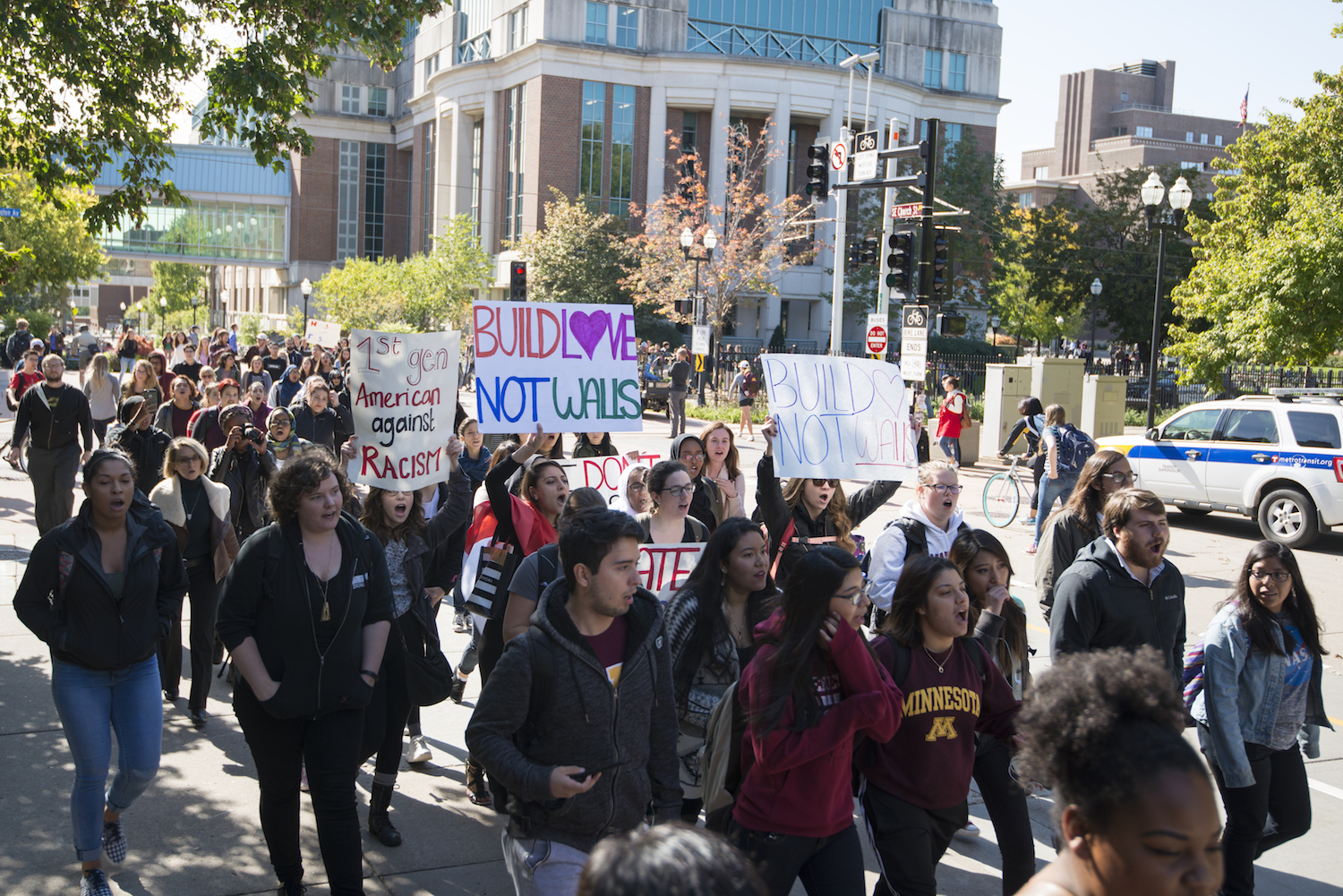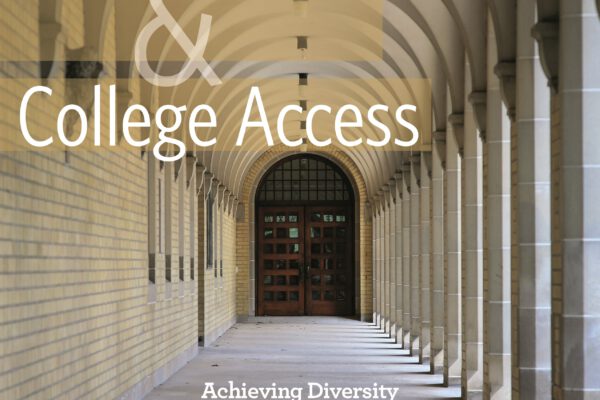A New Framework for Supporting Campus Diversity
Title: Creating a Diverse Student Success Infrastructure: The Key to Catalyzing Cultural Change for Today’s Student
Source: American Council on Education and Pullias Center for Higher Education at the USC Rossier School of Education
Author: Adrianna Kezar
In the face of changing postsecondary student demographics, higher education needs to develop innovative approaches to support students from diverse backgrounds and help them succeed.
In this report by ACE and the Pullias Center for Higher Education at University of Southern California, Pullias Center co-director Adrianna Kezar outlines some key elements needed to develop an institutional infrastructure that effectively serves a diverse student body. Kezar notes that this type of infrastructure requires moving away from adding ad hoc programs to instead thoughtfully designing programs that align with an institution’s mission and desired approach to diversity, equity, and inclusion.
Kezar’s model for cultural change calls for shared, equity-minded leadership and equity-oriented values as prerequisites for creating a student success infrastructure that support campus diversity. Kezar also explains how the central aspects of this infrastructure, such as planning, metrics, governance and decision-making policy, and finance and resource allocation, need to be adapted to create sustainable systems and ongoing change.
The report also analyzes the University of Maryland, Baltimore County’s process as an example of a successful cultural change that supports student success.
To read the full report, click here.
—Maria Claudia Soler
If you have any questions or comments about this blog post, please contact us.


